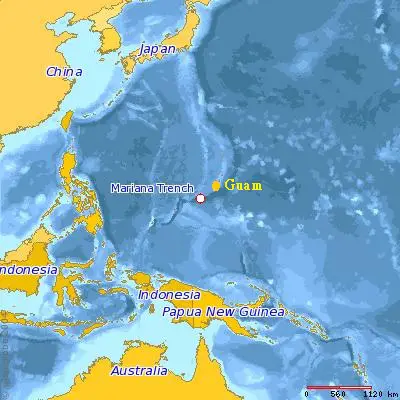The leader in transportation and logistics in the world, MSC Mediterranean Shipping Company has made up its mind to not use the Arctic which is shorter route between the Northern Europe and Asia and has decided to focus on steps that can improve the environment performance on the present routes of global trade.
Many shipping lines have been testing the Northern Sea Route that lies completely in the Arctic waters thereby, taking advantage of the ice that is melting there due to global warming. The MSC has decided that the 21 million vessels that transport annually can be move around the world without making use of the Arctic Corridor.
“As a responsible company with a longstanding nautical heritage and passion for the sea, MSC finds the disappearance of Arctic ice to be profoundly disturbing. Every drop in the oceans is precious and our industry should focus its efforts on limiting environmental emissions and protecting the marine environment across existing trade routes,” said Diego Aponte, President & CEO, MSC Group.
The quality of the air and the natural marine habitat of the Arctic can be damaged due to the shipping traffic and thus, MSC does not want to take that risk.
The lowest carbon footprint by design
The decision of the company to not use the Northern Sea Route complements the strategic sustainability approach of MSC.
MSC retrofitted more than 250 of its vessels with the latest available green technology thereby, reducing the emission of 2 million tons of CO2 annually. Moreover, the largest container ship in the world is the most recent vessel added to the company’s fleet that was led by MSC Gülsün. It is a new class sustainable ship that has the lowest carbon footprint by design of 7.49 grams emission of CO2 for moving 1 ton of cargo 1 nautical mile.
The fleet improvement Program by MSC has helped to the CO2 emission by 13% for every transport work in 2015-18. This will help the maritime sector move towards the 2030 CO2 target of the United Nations International Maritime Organization. The company is committed to work continuously towards the adoption of plans to update it’s fleet to being green and efficient using the industry’s largest container ship investment program.
“MSC is on a well-defined pathway to meet the 2030 IMO level of ambition for CO2 emissions intensity reduction. The great challenge which remains for container shipping this century is how to decarbonise and meet the UN IMO’s future emissions goals beyond 2030. While we are fully supporting these more distant targets, this will not be achievable without some major breakthroughs in fuel and propulsion technologies,” said Bud Darr, Executive Vice President, Maritime Policy & Government Affairs, MSC Group.
MSC is also working to study the potential of the new alternative fuels. It is joining hands will probable vendors to find out solutions that relate to biofuel blends, hydrogen fuel cells, complementary battery power and, potentially, wind and solar.
Reference: msc
from WordPress https://www.maritimemanual.com/msc-alongside-cma-cgm-hapag-lloyd-rules-arctic-exploration-environmental-concerns/

No comments:
Post a Comment